Home>Ideas and Tips>Creating a Stylish and Practical Home Office with a Thought-Controlled Smart Home Interface
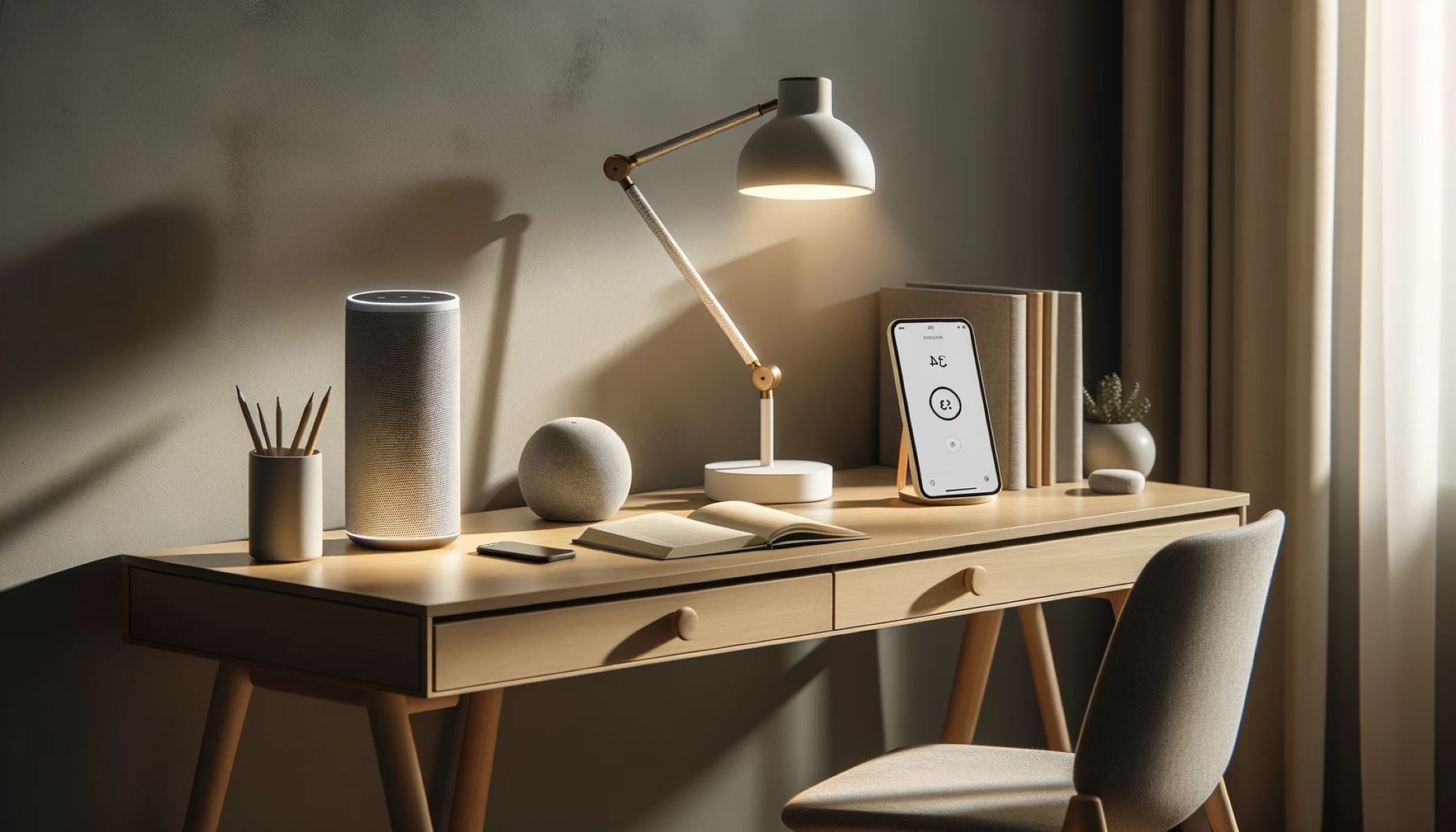

Ideas and Tips
Creating a Stylish and Practical Home Office with a Thought-Controlled Smart Home Interface
Published: September 1, 2024
Design a stylish, practical home office with thought-controlled smart home tech. Boost productivity and comfort with cutting-edge BCIs and smart devices.
(Many of the links in this article redirect to a specific reviewed product. Your purchase of these products through affiliate links helps to generate commission for Storables.com, at no extra cost. Learn more)
Creating a stylish and practical home office with a thought-controlled smart home interface might seem like a tall order, but it's totally doable. The key is to blend aesthetics with functionality while leveraging cutting-edge technology. Let's break it down step-by-step.
Planning Your Home Office
First things first, planning is crucial. You can't just throw a desk in a room and call it an office. Here's what you need to consider:
- Space Allocation: Figure out how much space you have. Measure it. Think about where your desk, chair, and storage will go. You don't want to be tripping over stuff.
- Natural Light: Sunlight is your friend. It boosts your mood and productivity. Position your desk near a window if possible.
- Noise Levels: If your house is noisy, think about soundproofing. Acoustic panels or even a white noise machine can help.
- Technology Integration: Plan how you'll integrate tech. This includes not just the thought-controlled interface but also your computer, printer, and speakers.
Choosing Your Furniture
Furniture can make or break your home office. You want pieces that are both stylish and functional. Here's what to look for:
- Desk: Get a desk that's big enough for your computer, papers, and other supplies. Ergonomic designs are a plus.
- Chair: Invest in a comfy chair with adjustable height and lumbar support. Your back will thank you.
- Storage: Look for stylish yet functional storage units like bookshelves or file cabinets. Drawers and shelves should be easily accessible.
- Lighting: Layered lighting creates a warm atmosphere. Think overhead lights, table lamps, and floor lamps.
Designing Your Space
With furniture in place, it's time to think about design. Here's how to make your space look good:
- Color Scheme: Pick colors that promote productivity and relaxation. Neutral tones like beige, gray, or blue work well.
- Wall Decor: Add decor that inspires you. Motivational quotes, artwork, or even plants can make a big difference.
- Rugs: Area rugs can define different areas within your office and add warmth.
- Textiles: Throw pillows and blankets add color and texture.
Integrating Smart Home Technology
Smart home tech can take your office to the next level. Here's how to integrate it:
- Thought-Controlled Interface: Look into brain-computer interfaces (BCIs) or neural networks. These are still evolving but offer exciting possibilities.
- Smart Lighting: Use smart lighting systems controlled by voice commands or apps. Adjust lighting based on the time of day or your activity.
- Smart Thermostats: Install smart thermostats that learn your temperature preferences. They adjust automatically for comfort.
- Security Systems: Integrate security systems that can be monitored remotely. This ensures your office is secure even when you're not there.
Setting Up Your Thought-Controlled Interface
Setting up a thought-controlled interface involves several steps:
-
Hardware Requirements:
- Brain-Computer Interface (BCI): You'll need a BCI device to read brain signals. These are becoming more accessible.
- Software Compatibility: Ensure the software is compatible with your BCI device. Look for neural networks and machine learning algorithms designed for BCIs.
-
Installation Process:
- Follow the manufacturer's instructions for installing the BCI device. This may involve placing sensors on your head or using wearable devices.
- Connect the BCI device to your computer or smart home hub via Bluetooth or Wi-Fi.
-
Calibration:
- Calibrate the device by performing simple tasks like moving a cursor on the screen or adjusting lighting levels using your thoughts.
- The device will learn your brain signals over time, improving its accuracy and responsiveness.
-
Integration with Smart Home Devices:
- Once calibrated, integrate the BCI device with other smart home devices like lights, thermostats, and security systems.
- Use apps or voice commands to control these devices using your thoughts.
Ensuring Security and Privacy
Security and privacy are paramount when using advanced tech. Here's how to keep your data safe:
-
Data Encryption:
- Ensure all data transmitted between devices is encrypted using secure protocols like SSL/TLS.
- Regularly update software and firmware to patch any security vulnerabilities.
-
Access Control:
- Implement access controls that require authentication before allowing users to control devices using their thoughts.
- Use multi-factor authentication methods like biometric scans or PIN codes for added security.
-
Regular Maintenance:
- Regularly update software and firmware to ensure compatibility with new devices and prevent security breaches.
- Perform routine checks on all connected devices to detect any anomalies or potential threats.
Budgeting for Your Home Office
Creating a stylish and practical home office with thought-controlled smart home interfaces can be pricey, but you can budget effectively:
-
Prioritize Needs Over Wants:
- Start by prioritizing essential items like furniture and basic smart home devices over luxury features like high-end lighting systems or advanced security systems.
-
Shop Around for Deals:
- Compare prices across different retailers to find deals on furniture, smart home devices, and BCI technology.
- Look out for discounts or promotions during holiday sales or special events.
-
DIY Projects:
- Consider DIY projects like building your own smart lighting system using affordable components available online.
- Utilize open-source software or community-driven projects that offer free alternatives to commercial solutions.
-
Investment vs Cost:
- Weigh the long-term benefits against short-term costs when investing in advanced technologies like BCIs or neural networks.
- While these technologies may seem expensive upfront, they offer significant potential for future-proofing your space and enhancing productivity over time.
Additional Resources
For those interested in diving deeper into specific aspects of creating a home office with thought-controlled smart home interfaces, here are some additional resources:
- Brain-Computer Interface (BCI) Devices: Explore reputable manufacturers like Neuralink or Emotiv Systems for BCI devices that can read brain signals accurately.
- Smart Home Automation Systems: Look into popular platforms like Home Assistant or SmartThings for integrating various smart devices seamlessly into one cohesive system.
- DIY Projects: Websites like Instructables offer numerous DIY projects related to smart home automation that can be adapted for home office settings.
- Security Measures: Consult cybersecurity experts or forums like Reddit’s r/cybersecurity for advice on securing connected devices and protecting sensitive data.
By leveraging these resources alongside the guidance provided in this article, you can create a home office that not only reflects your personal style but also leverages cutting-edge technology to enhance your work experience significantly.
Was this page helpful?
At Storables.com, we guarantee accurate and reliable information. Our content, validated by Expert Board Contributors, is crafted following stringent Editorial Policies. We're committed to providing you with well-researched, expert-backed insights for all your informational needs.
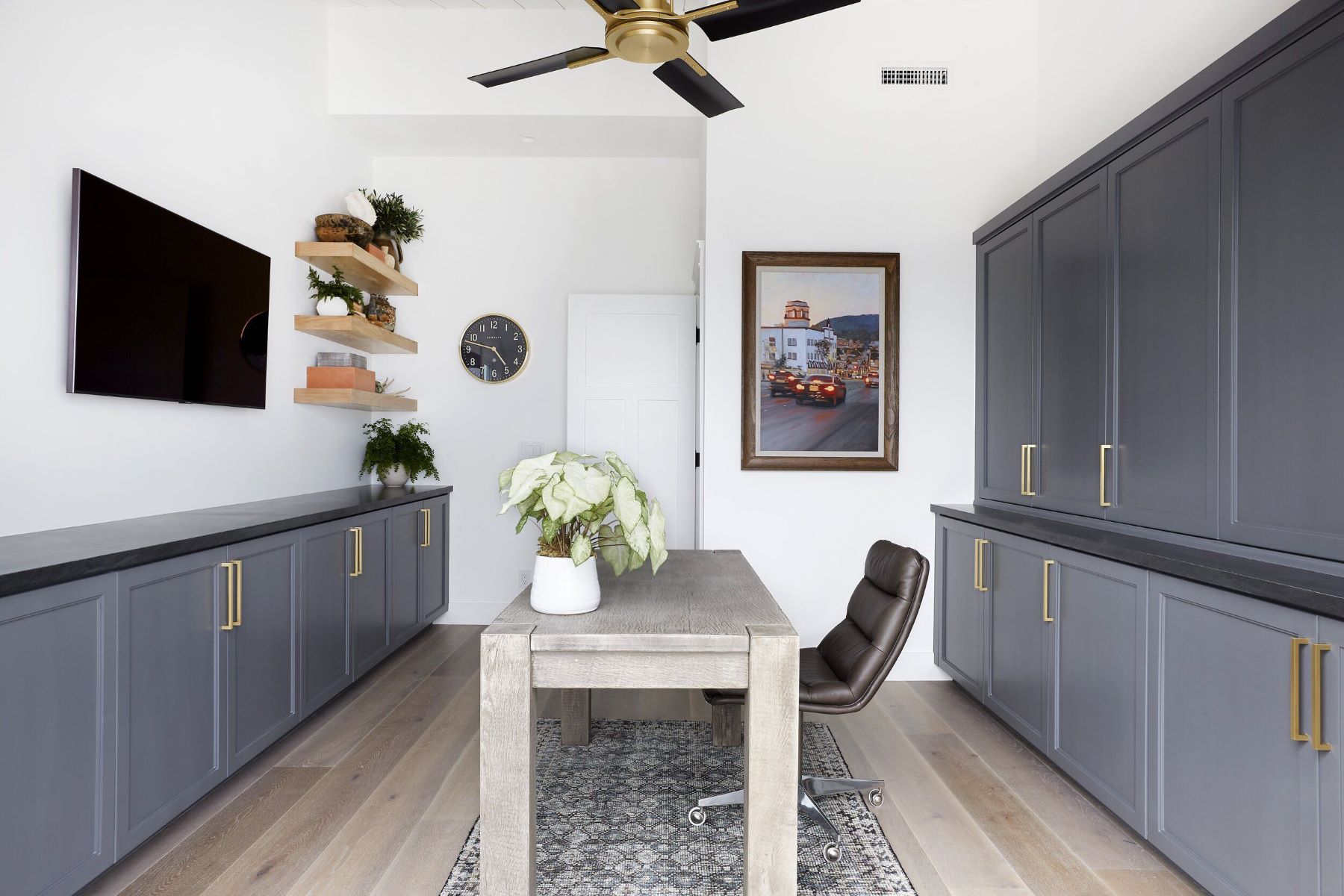
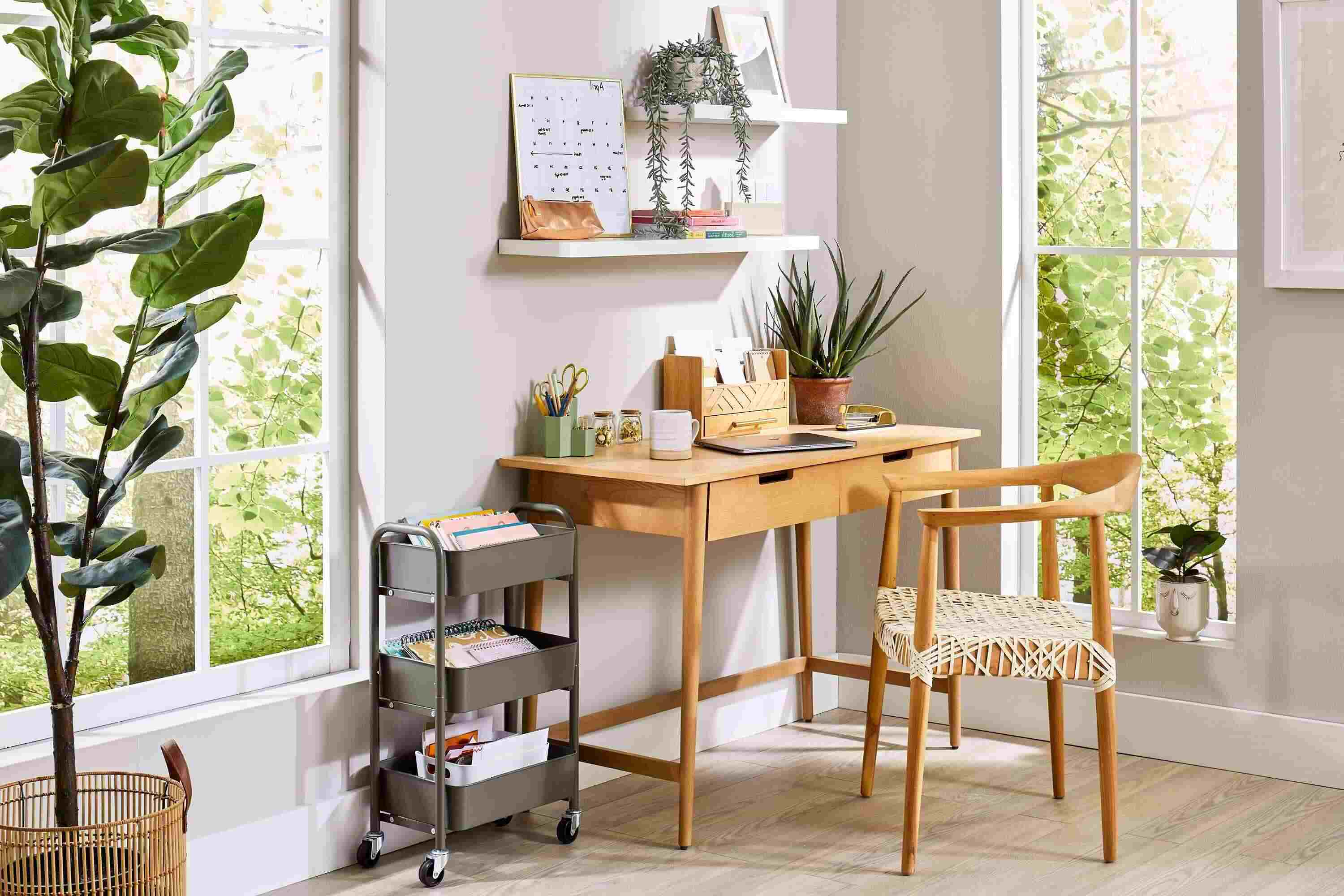
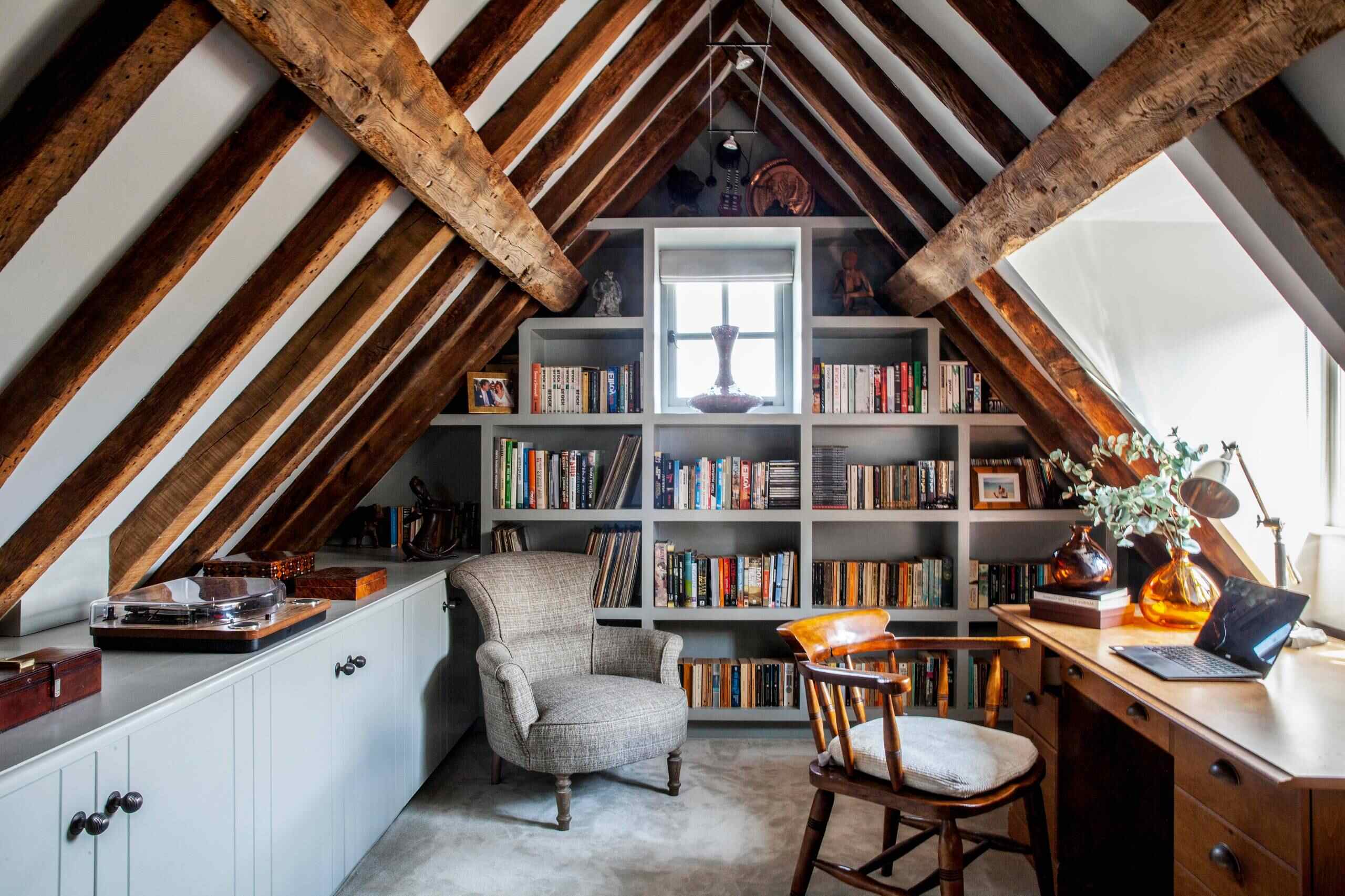
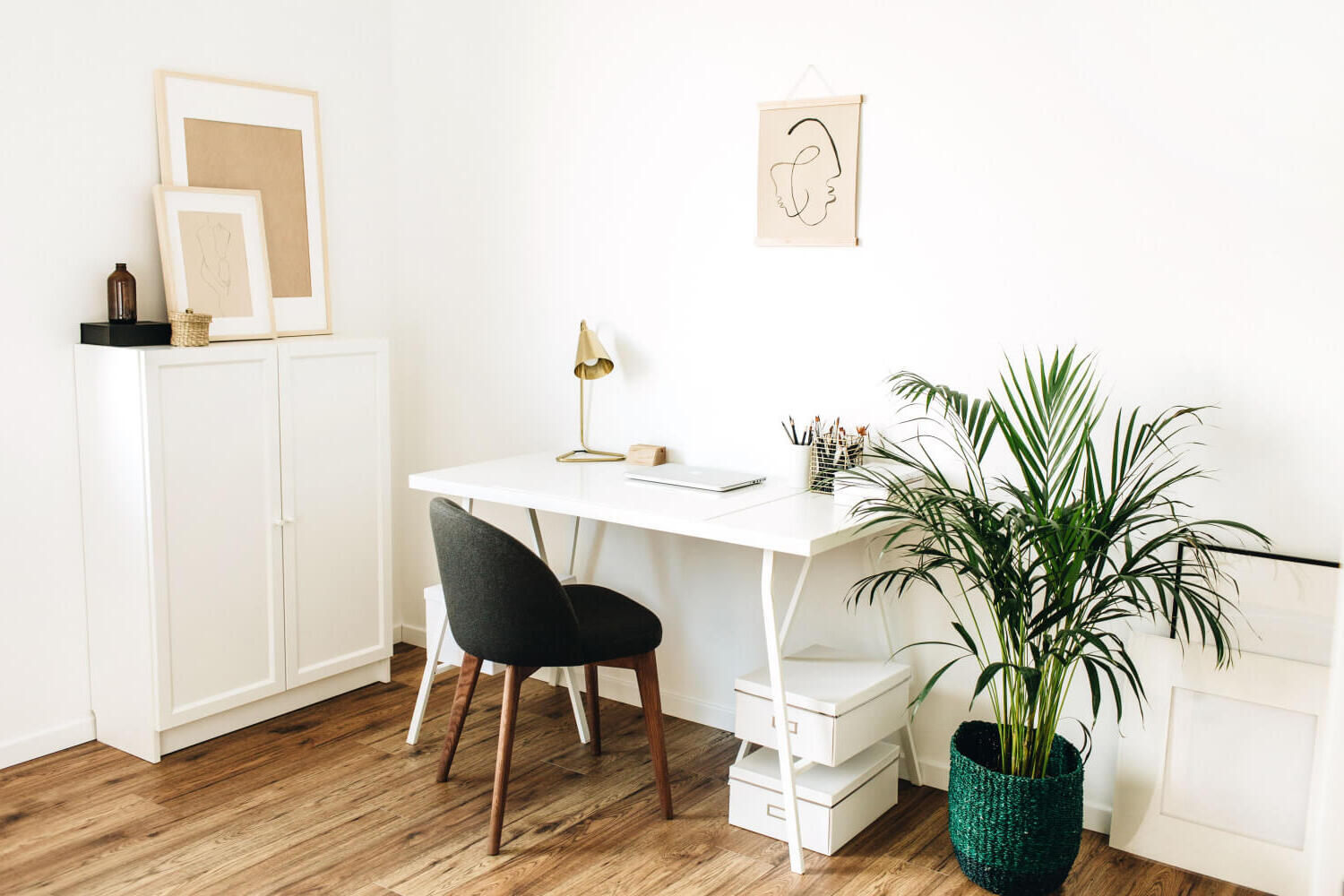
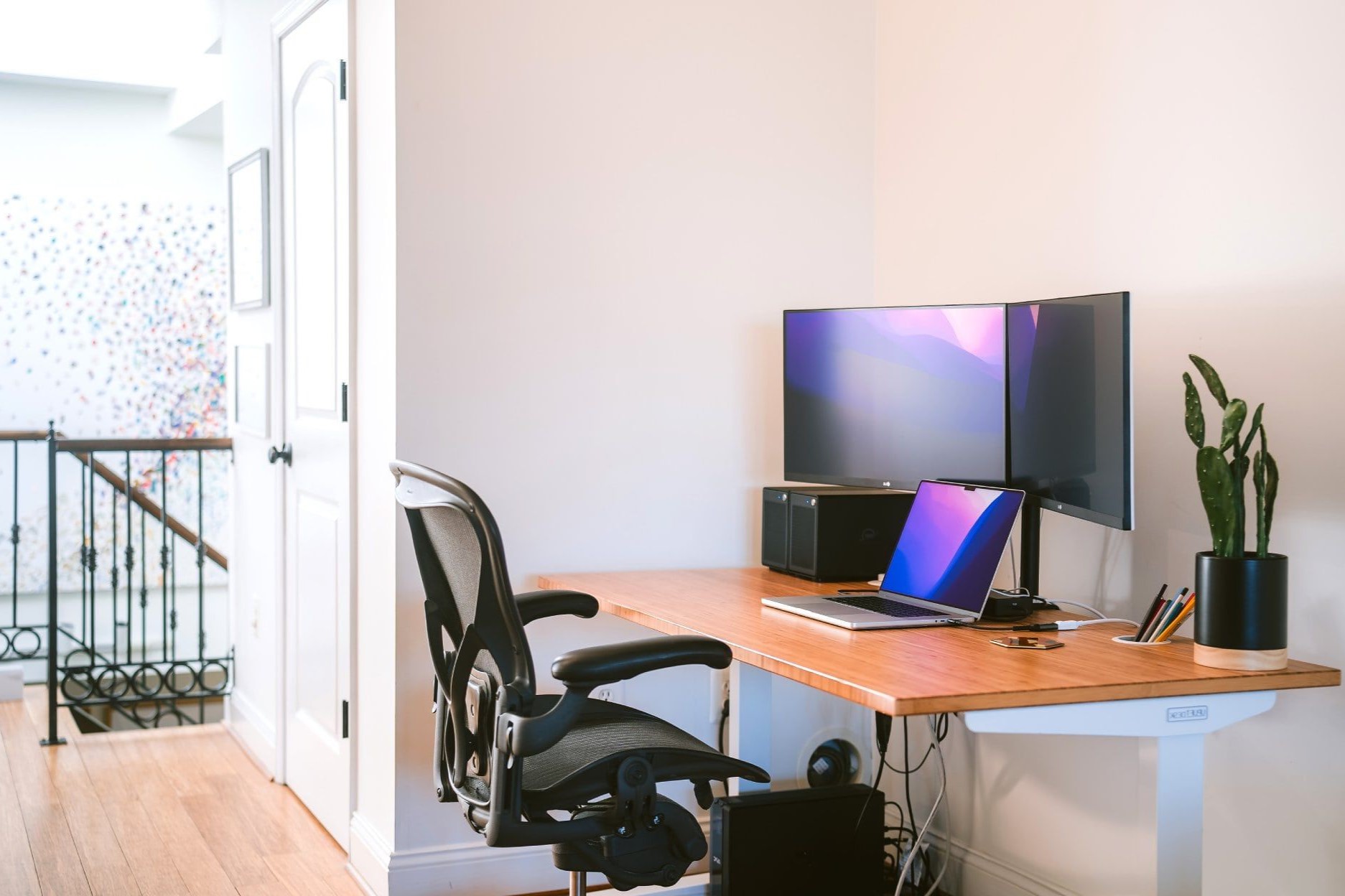
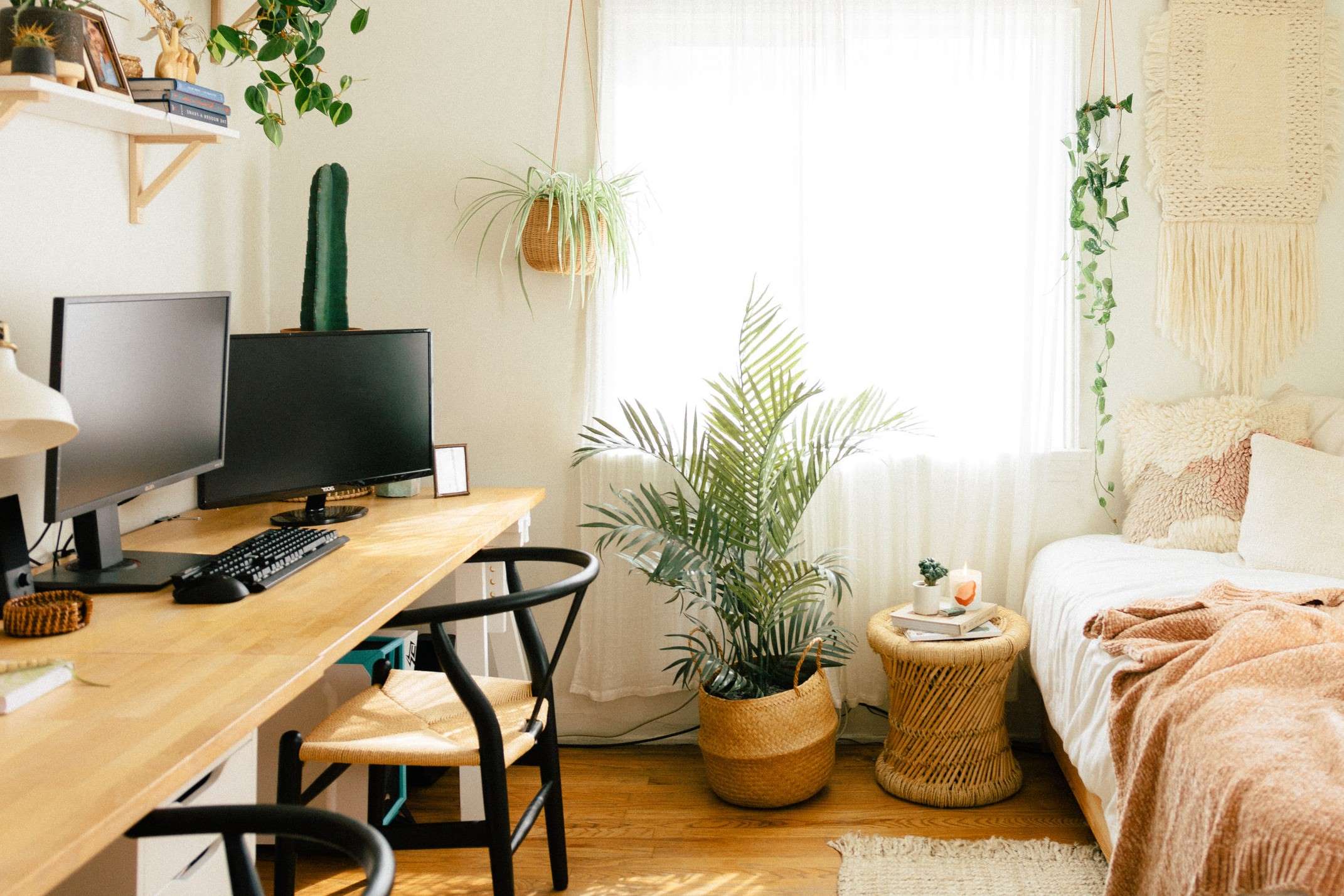
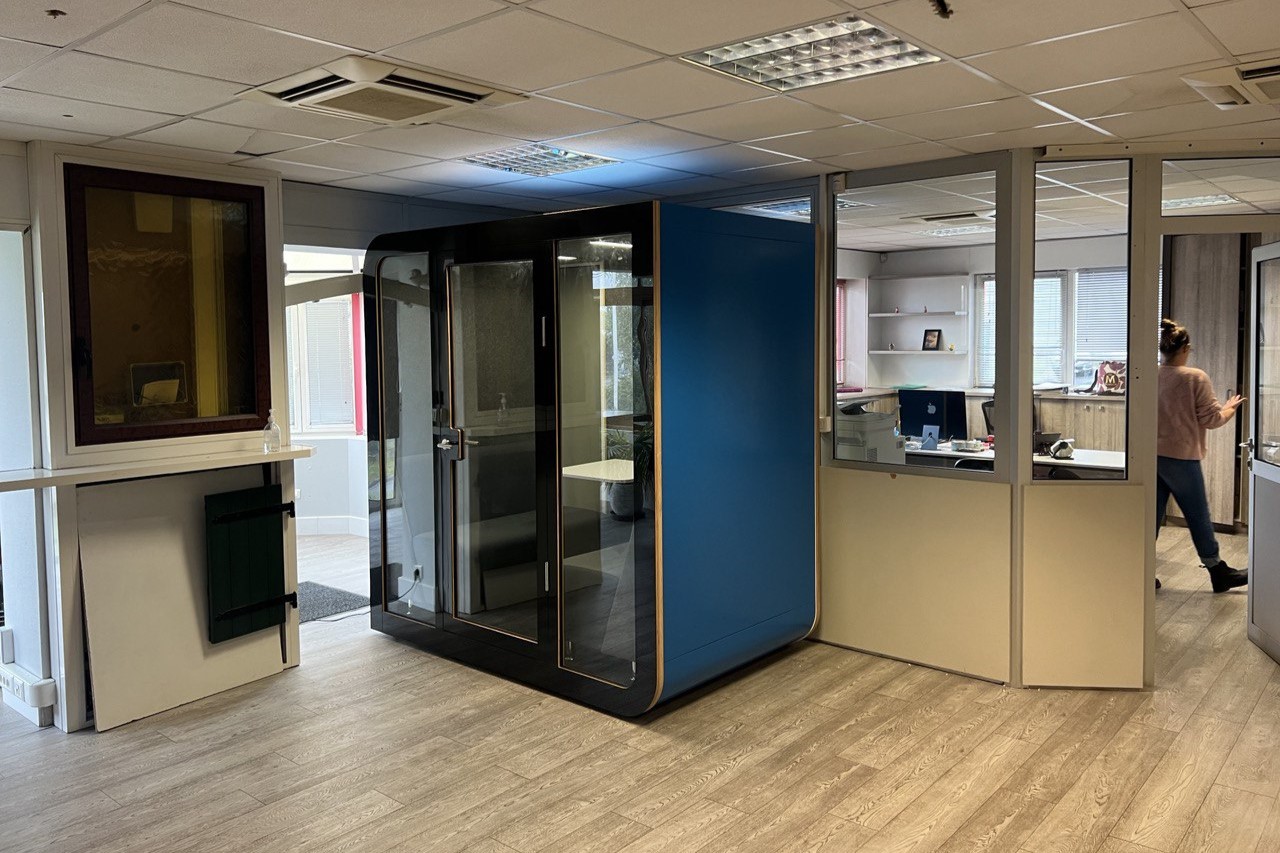
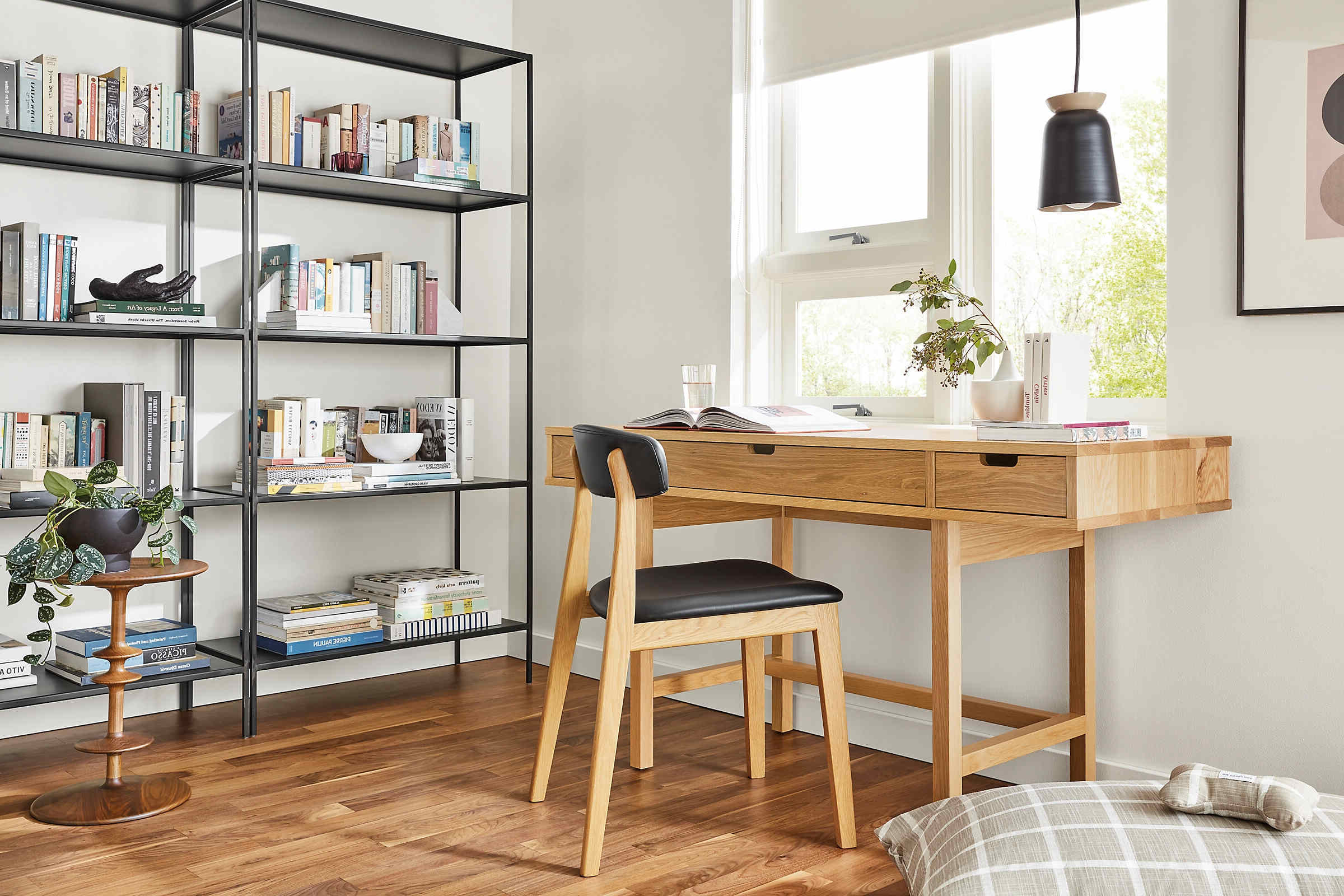
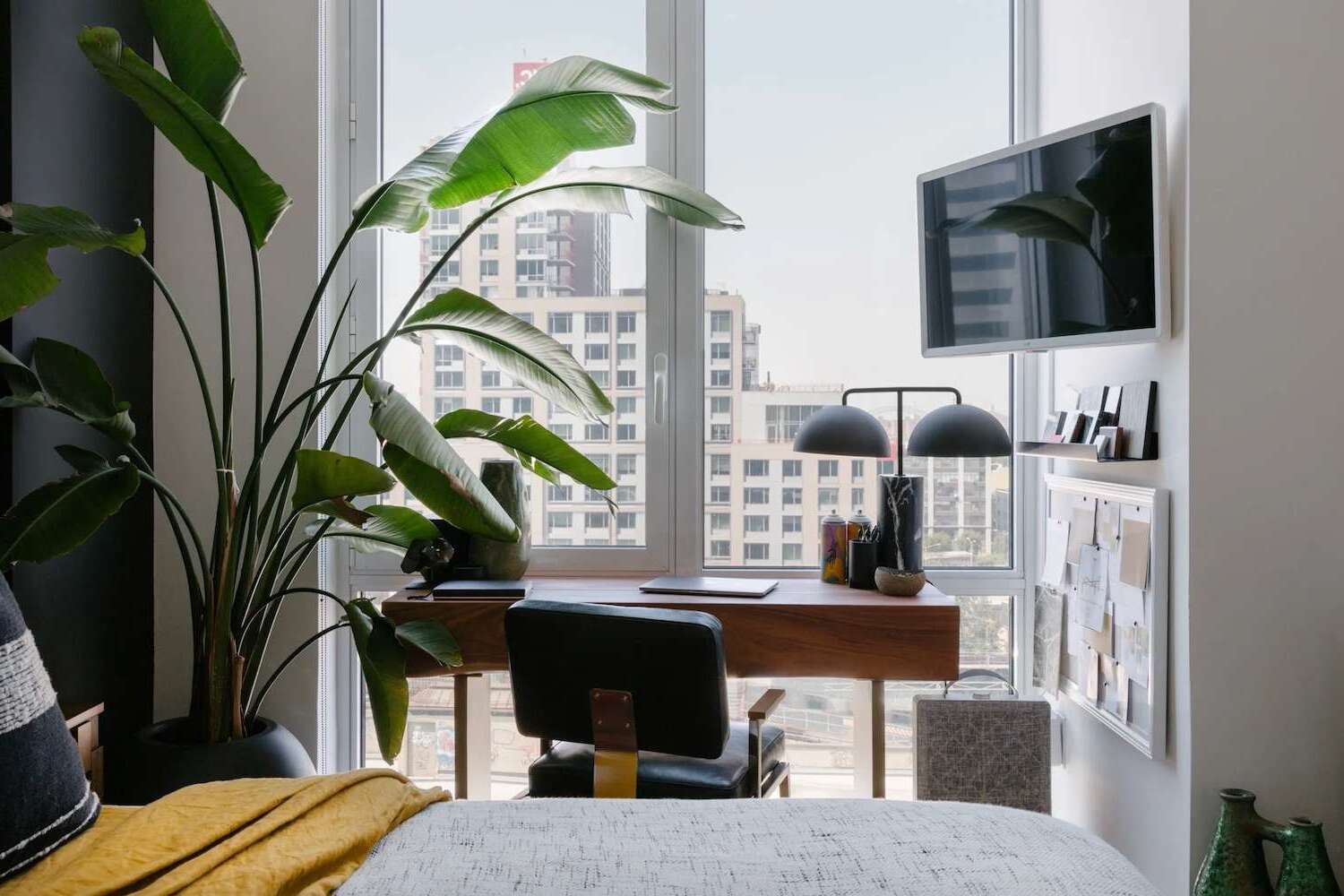
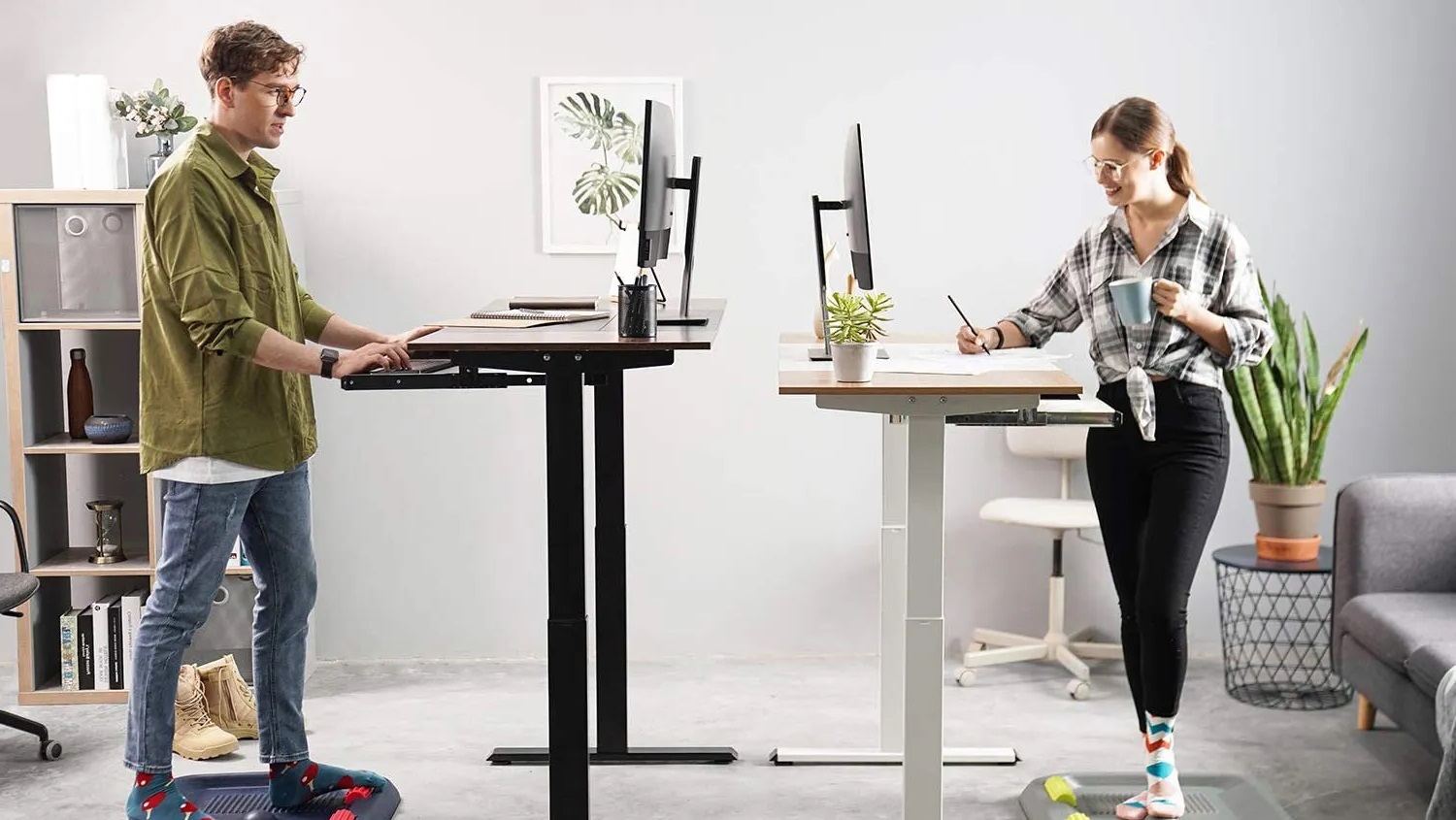
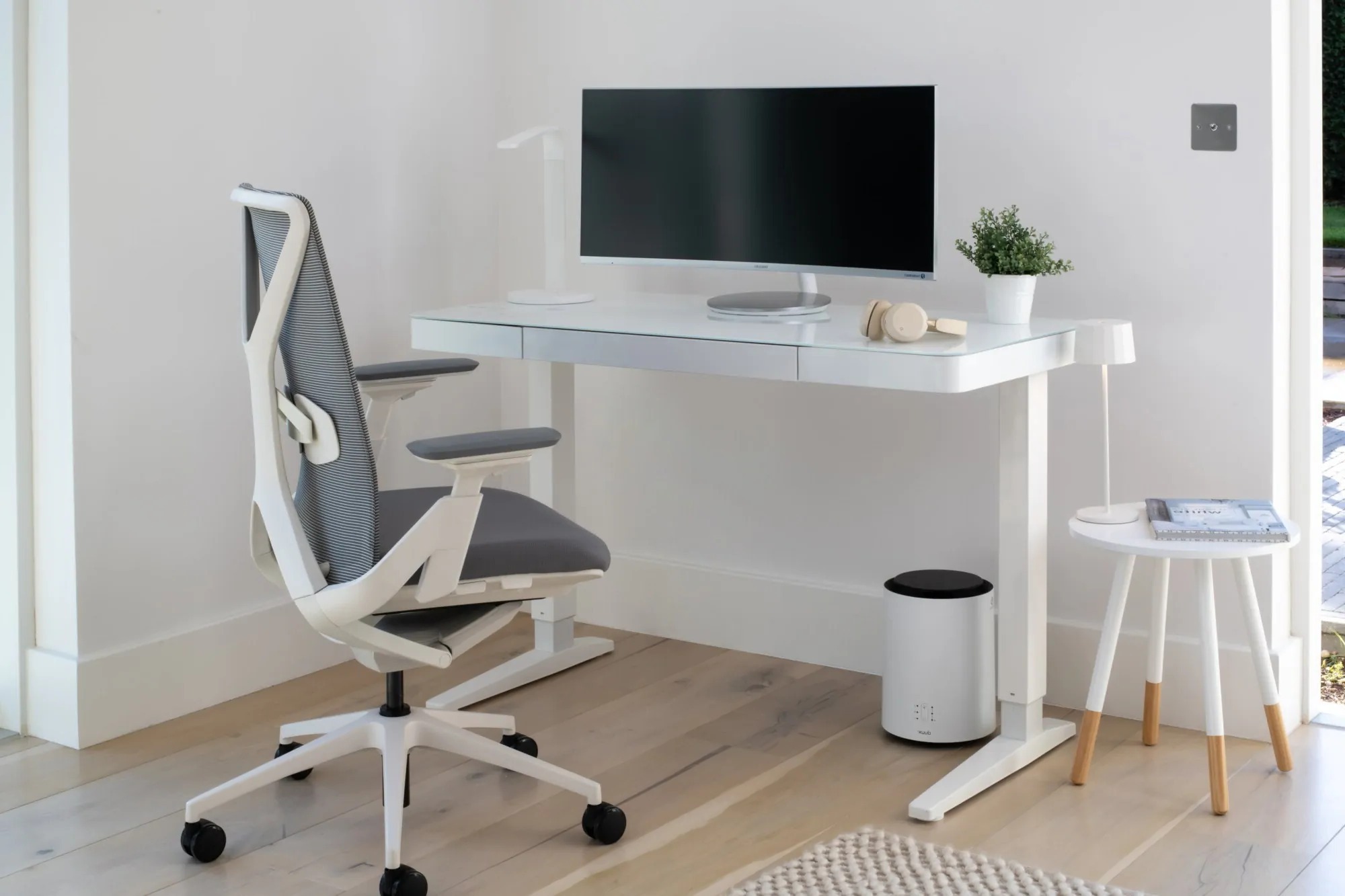
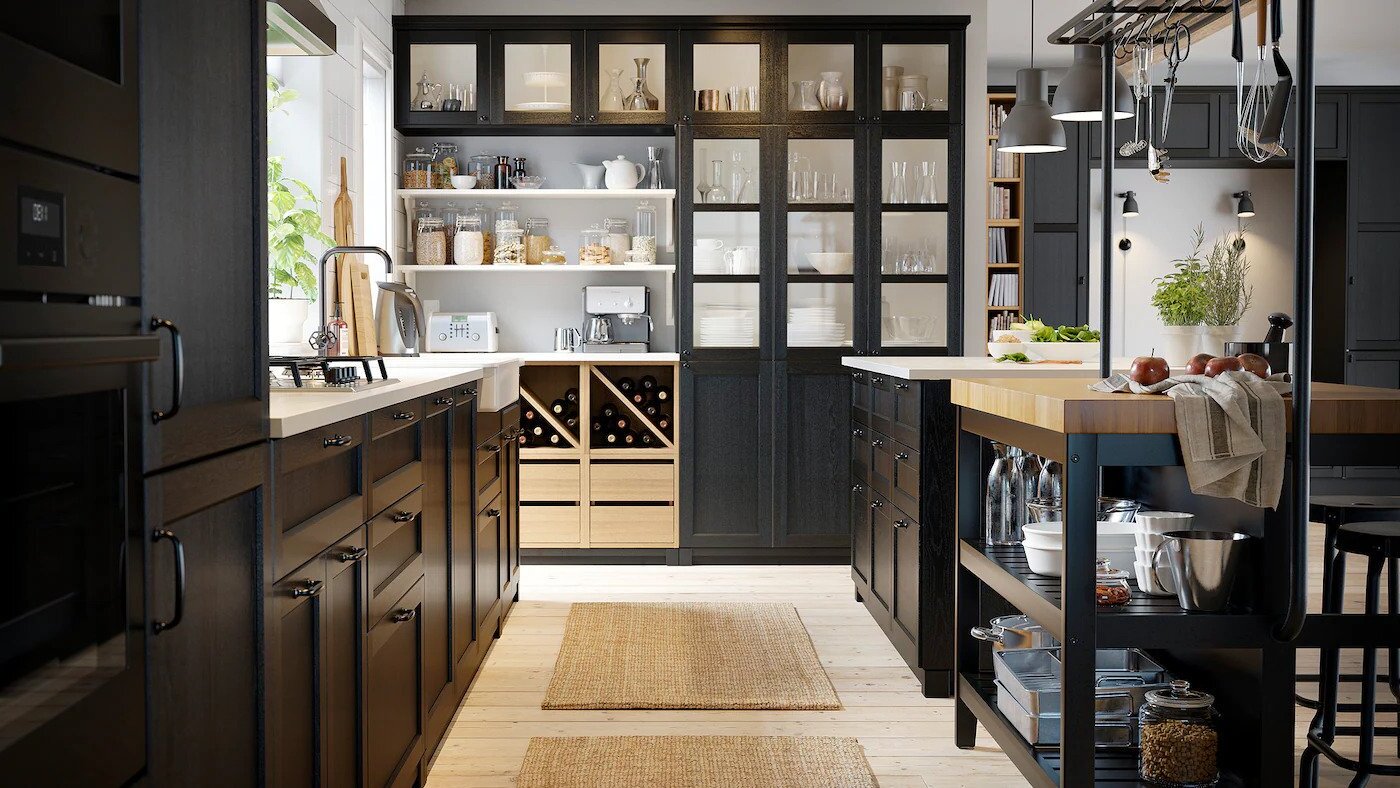
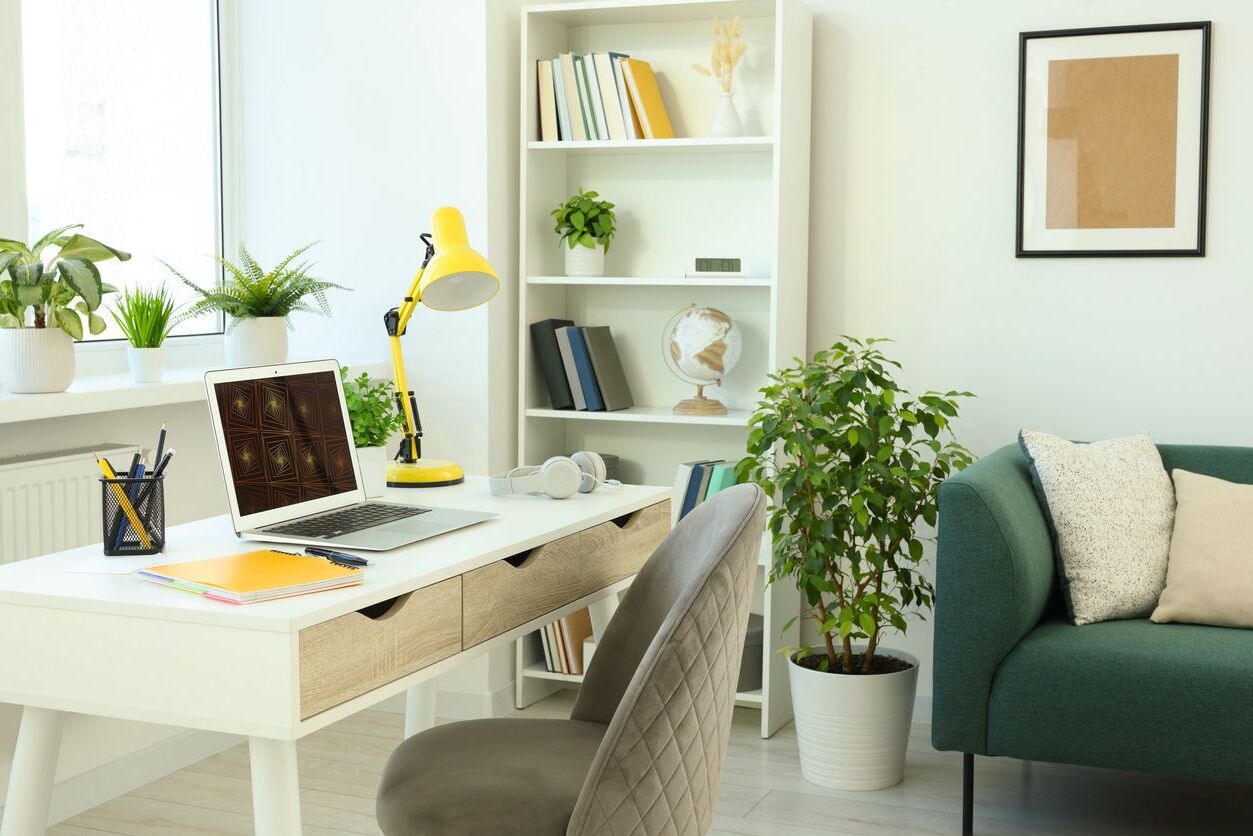
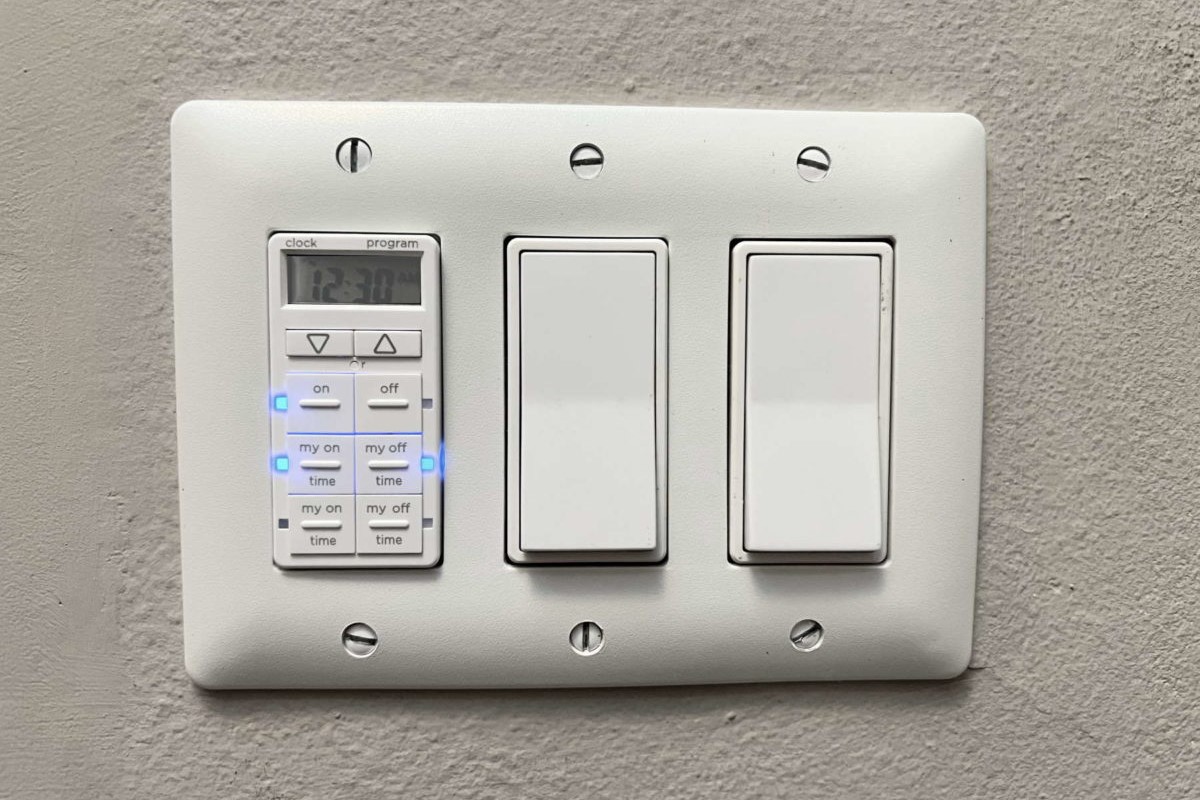

0 thoughts on “Creating a Stylish and Practical Home Office with a Thought-Controlled Smart Home Interface”